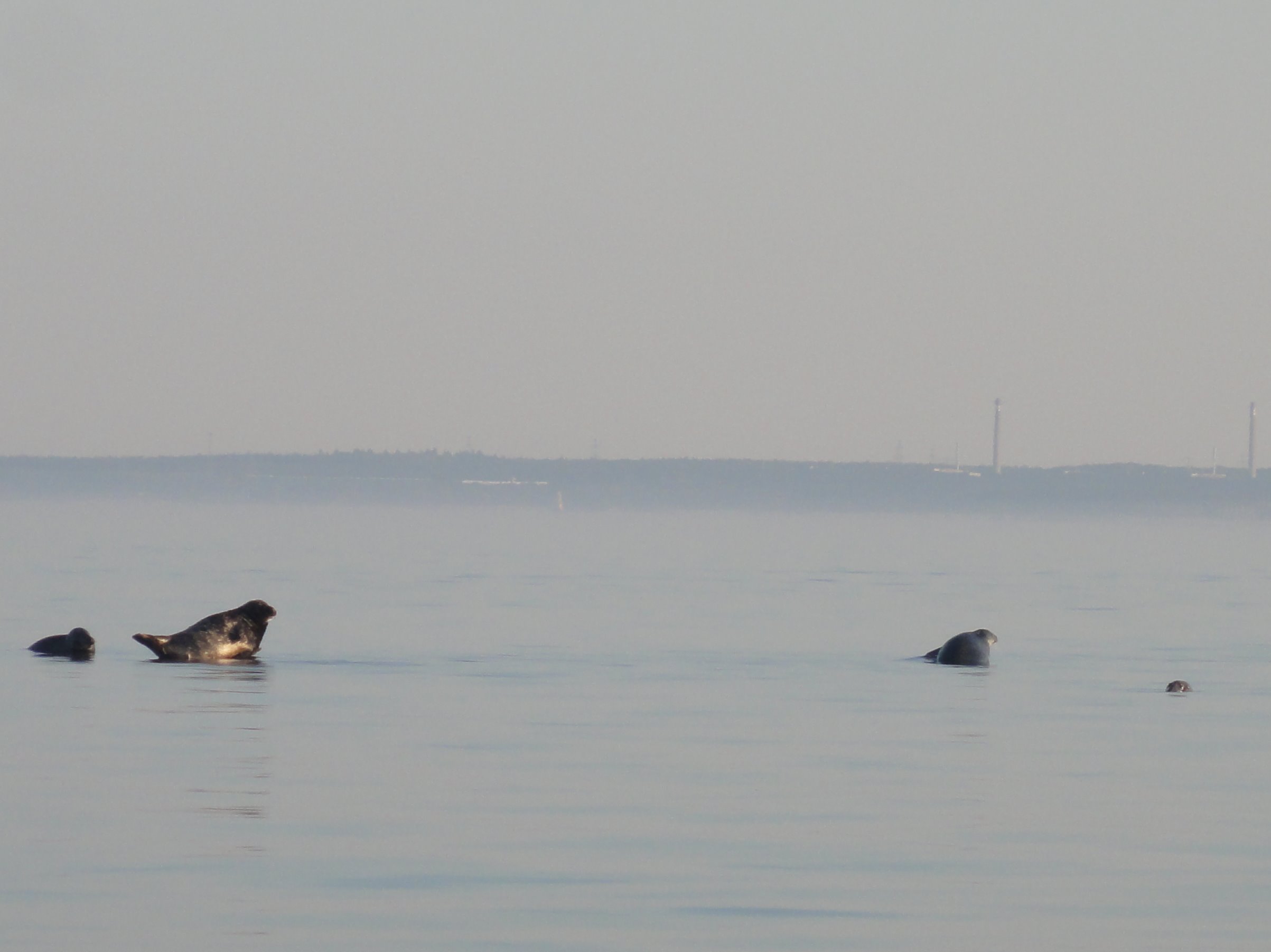Stubber on:
[Wikipedia]
[Google]
[Amazon]
The Great or ''Große'' Stubber is a stony sandbank that dries out at
low water
Tides are the rise and fall of sea levels caused by the combined effects of the gravitational forces exerted by the Moon (and to a much lesser extent, the Sun) and are also caused by the Earth and Moon orbiting one another.
Tide tables ca ...
located in the eastern part of the German Baltic Sea
The Baltic Sea is an arm of the Atlantic Ocean that is enclosed by Denmark, Estonia, Finland, Germany, Latvia, Lithuania, Poland, Russia, Sweden and the North and Central European Plain.
The sea stretches from 53°N to 66°N latitude and from ...
lagoon known as the Greifswalder Bodden
The Bay of GreifswaldSlavic: ''Stopin'' for "step".
''Rückkehr der Kegelrobben'' (pp. 16–18 in the 2007 annual report by the Office for the Southeast Rügen Biosphere Reserve)
/ref> Since 2006 the Round the Stubber (''Rund Stubber'')

History
In theMiddle Ages
In the history of Europe, the Middle Ages or medieval period lasted approximately from the late 5th to the late 15th centuries, similar to the post-classical period of global history. It began with the fall of the Western Roman Empire a ...
the Stubber was an island
An island (or isle) is an isolated piece of habitat that is surrounded by a dramatically different habitat, such as water. Very small islands such as emergent land features on atolls can be called islets, skerries, cays or keys. An island ...
that became steadily smaller as a result of tree-felling and the excavation of stones. In 1678 the Stubber Bank acted as an assembly area for the entire naval force gathered for the invasion of Rügen which ended with the successful capture of Swedish-ruled island of Rügen
Rügen (; la, Rugia, ) is Germany's largest island. It is located off the Pomeranian coast in the Baltic Sea and belongs to the state of Mecklenburg-Western Pomerania.
The "gateway" to Rügen island is the Hanseatic city of Stralsund, where ...
by the Allies, Brandenburg-Prussia
Brandenburg-Prussia (german: Brandenburg-Preußen; ) is the historiographic denomination for the early modern realm of the Brandenburgian Hohenzollerns between 1618 and 1701. Based in the Electorate of Brandenburg, the main branch of the Hohenz ...
and Denmark.
In the 19th century, gravel was extracted for the construction of roads in Greifswald
Greifswald (), officially the University and Hanseatic City of Greifswald (german: Universitäts- und Hansestadt Greifswald, Low German: ''Griepswoold'') is the fourth-largest city in the German state of Mecklenburg-Western Pomerania after Rostoc ...
.
The island first became awash in the first half of the 20th century. The large glacial erratics
A glacial period (alternatively glacial or glaciation) is an interval of time (thousands of years) within an ice age that is marked by colder temperatures and glacier advances. Interglacials, on the other hand, are periods of warmer climate betw ...
that remain to this day are a hazard for sports boats. The Stubber is marked with a shallow water buoy.
Since 2004, the Großer Stubber has been used by the Baltic grey seal
The grey seal (''Halichoerus grypus'') is found on both shores of the North Atlantic Ocean. In Latin Halichoerus grypus means "hook-nosed sea pig". It is a large seal of the family Phocidae, which are commonly referred to as "true seals" or " ...
(H. g. balticus) as a resting area, after this species had completely died out on the German Baltic Sea coast in 1930. From 2006 increasing numbers of seals, from 7 to 25, were counted on the Großer Stubber all year round./ref> Since 2006 the Round the Stubber (''Rund Stubber'')
regatta
Boat racing is a sport in which boats, or other types of watercraft, race on water. Boat racing powered by oars is recorded as having occurred in ancient Egypt, and it is likely that people have engaged in races involving boats and other wate ...
has been held annually in mid-August.

References
External links
{{LBMV PPN, 253808596 Bay of Greifswald Former islands of Germany Shoals of the Baltic Sea